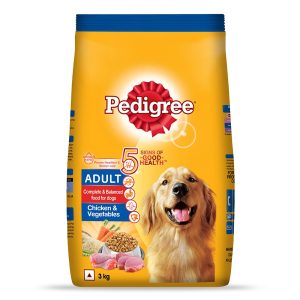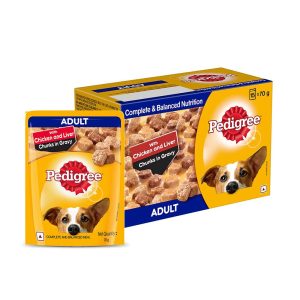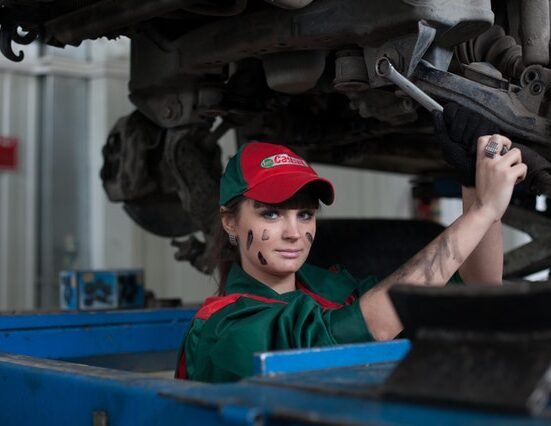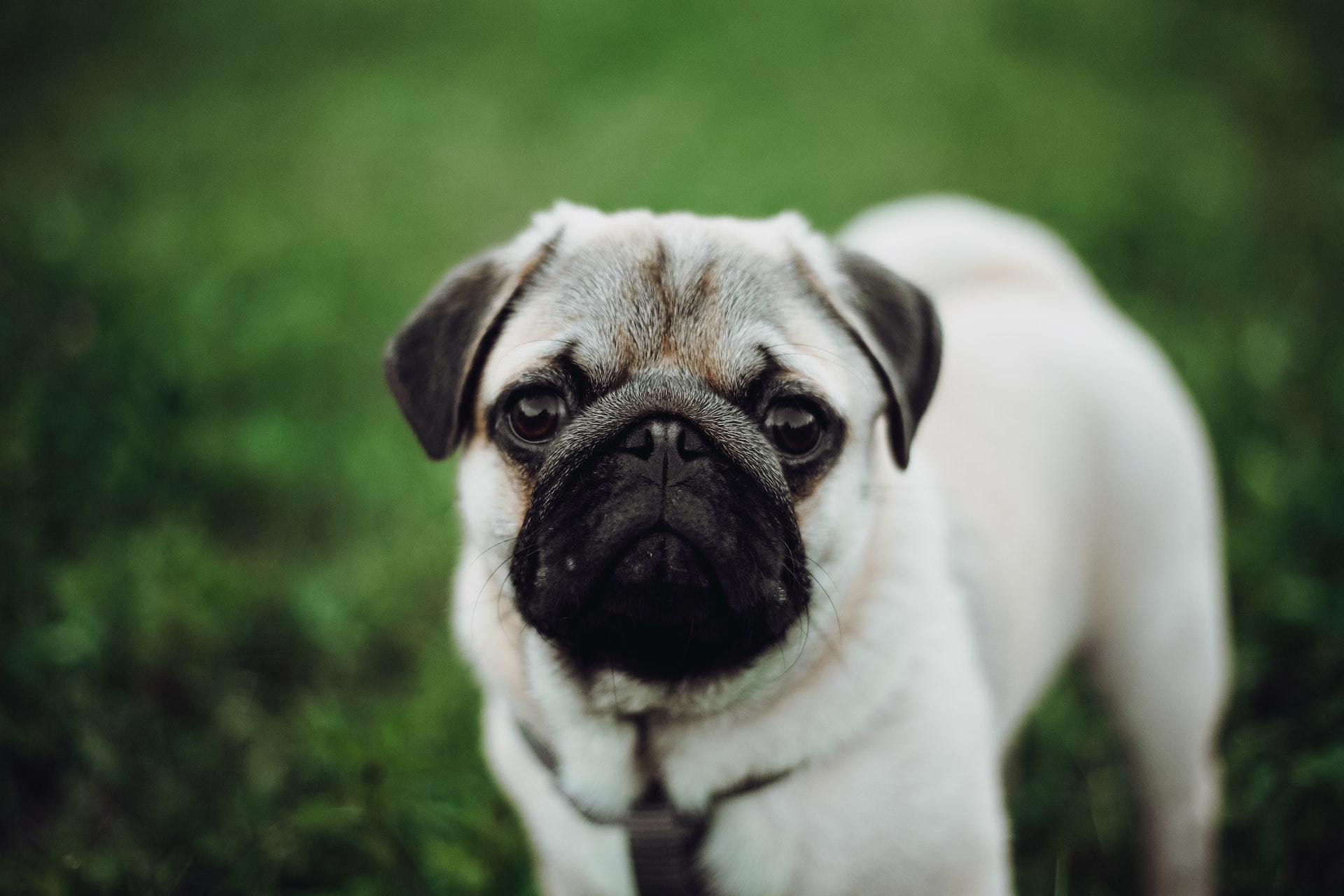The Pug is an energetic canine that is brimming with personality. This dog adores spending time indoors with his owners and is constantly looking for children to play with. This robust breed, dubbed the “clown dog” for all time, has a sense of humour and frequently tries to put on an act.
The Pug enjoys living indoors because it was initially bred to be a lap dog. The Pug is an energetic canine that is brimming with personality. This dog adores spending time indoors with his owners and is constantly looking for children to play with. This robust breed, dubbed the “clown dog” for all time, has a sense of humour and frequently tries to put on an act. The Pug enjoys living indoors because it was initially bred to be a lap dog.
Table of Contents
What is the Pug’s Dog Price in India?
The Pug isn’t the cheapest dog, but it’s not the most reasonable. In India, a Pug puppy costs, on average, Rs. 12,500. The price often ranges between Rs. 5,000 and Rs. 20,000 and is affected by several elements, including the Pug ancestry, the calibre of the breeder, and the seller’s location.
Dog food
Pedigree Dry Food for Adult Dogs, Chicken & Vegetables Flavour, 3kg Pack

Meat Up Chicken Flavour Real Chicken Biscuit For All Life Stages Dog, 1kg (Buy 1 Get 1 Free)

Pedigree Wet Food for Adult Dogs, Chicken & Liver Chunks in Gravy Flavour, Pack of 15 (15 x 70g)

Factors Affecting Pug Prices in India
Breeder qualifications
Breeders might be trustworthy or untrustworthy. Choosing a reliable breeder is usually a good idea, regardless of how much they charge. Responsible and moral breeders exist in the industry. They are more prone to put the welfare of the litter before customer needs. The Kennel Club of India is a great location to start looking for trustworthy breeders. This organisation oversees the registration of litters and audits thousands of kennels annually to approve those that practise ethical breeding. Avoid puppy mills at all costs, for example, as they are unlikely to get kennel club certification. The peace of mind that comes from knowing your Pug’s background is worth the additional price of puppies sold by reputable breeders.
Colours of coat
The AKC accepts only black and fawn Pug coat colours. Breeders have recently created unusual colours, though. Some reputable breeders sell coloured Pugs for various costs, which isn’t relatively conventional. If all coat colours were offered at the same price, the most in-demand ones would sell like hotcakes while the less sought-after colours would be left behind.
Pugs with brindles tend to cost more because they are more difficult to find. Apricot, silver, and apricot fawn are some other coveted hues. The traditional fawn Pug with the black splash on the face is stunning and should command a high price. However, we’ll allow you to be the judge.
The region of the purchase
Depending on the city, area, or state in which you live, the cost of the Pug varies. If you’re considering getting your dog from a distant state or city, you must account for the cost of travel. It is preferable to buy an expensive Pug in a nearby city or close to home rather than a cheaper Pug far from home.
Pedigree and lineage
The most important aspect affecting a Pug’s pricing range is its lineage. Pedigree Pugs are becoming ever more expensive due to their rising demand. A purebred dog has a pedigree. These dogs are at least three generations old and have not been crossed.
On the other hand, some individuals worry that pedigree dogs are being overbred. Because the same dogs are used to produce the offspring, pups lack the genetic variability needed to make physically fit canines. Inbreeding increases the risk of mutations and degenerative disorders, reducing the pup’s lifespan. So, despite their high pricing, purchasing a purebred Pug isn’t always advantageous.
Pugs with superior ancestry are more expensive than Pugs with inferior heritage. Champion lineage is a part of a good lineage. The more competitor champions your dog has in their pedigree, the more expensive it will be. A dog may occasionally command a higher price if its lineage is exceptionally long. KCI-registered breeders may guarantee the pedigree of their puppies.
Appearance
Deep forehead furrows, a flat nose, and round, projecting eyes define the Pug’s distinctive appearance. A healthy Pug should weigh no more than 20 pounds (9 kilogrammes). Pugs weigh and measure the same for both sexes. An adult Pug typically ranges from 10 to 14 inches (25.4 to 35.56 cm).
According to a Chinese tradition, the Pug’s face wrinkles represent luck, especially those that spell out the word “prince” in Chinese syllables. With beauty markings on the cheeks, a thumbprint on the forehead, a black trail down the back, and a black muzzle, the Pug has a distinctive look. An undershot jaw supports all these funny facial traits.
Trainability
Pugs have a limited attention span. Start with concentration training to keep your dog attentive. The training sessions should last no more than 15 minutes. Next, educate your Pug on how to comply with fundamental instructions like come, sit, and stay. Consider enrolling in a canine obedience class if your training is difficult due to his short attention span.
Pugs have a harmful chewing habit. Thus you should vehemently oppose it. Teach him to comply with the direction to “drop it” so that he may dispose of any objects he picks up that are not intended for chewing. Remember to provide positive reinforcement such as compliments, stroking, and snacks when training. Your Pug will get psyched to obey your every instruction as a result.
Your Pug has to be trained to use a crate. Setting up a bathroom routine will help your dog understand when it’s time to relieve itself. This will lessen messes in and around the house. When your Pug is a puppy, regular schedule toilet breaks after he wakes up, 15 minutes after meals, and just before night, take him outside.
To help your dog feel involved in your family, include everyone in the training process. He will feel loved and valued as a result of this. Ensure everyone follows the exact instructions and training schedules to avoid misunderstanding. No one should allow him to get away with bad habits like chewing; even the tone of speech should be the same.
Grooming
Pugs require a great deal of grooming care. Their wrinkled foreheads can hide dirt and moisture, and their double-layered coats tend to hold odour, which raises the possibility of yeast infections. Additionally, prone to dryness, the Pug’s fold-over ears may quickly gather debris.
So, to properly groom your Pug, you should:
- Shower him every two to three weeks.
- It is necessary to clean sponge baths as frequently as possible.
- Every day, remove the creases by wiping them dry with a clean piece of cloth.
- He has to be brushed daily to stop shedding.
- Every day, wipe your eyes.
- Several times per week, clean the ear flaps.
- Every six weeks, trim his claws.
For the baths, use high-quality shampoo and conditioner. Remember to dry your dog’s ear flaps and the space between the toes since moisture buildup in these regions can lead to contagious yeast infections.
Wet wipes for dogs are helpful for spot cleaning in between baths. The genital area, the belly, and the back need to be cleaned. Wiping the entire body aids in removing allergies, dust, and other small particles that frequently cling to fur.
FAQs
Pugs are often quite friendly and affectionate. However, if they are not properly socialised, they might become violent. Pug aggression frequently involves barking, snarling, lunging, and nipping. Pugs also exhibit aggression as a sign of discontent when left alone for too long.
Yes. Pugs have all the attributes that make a terrific dog. They are friendly and lively, get along well with children and other animals, and are loving. Pugs are lovely companions and do well in cramped indoor settings. A healthy pug should live up to 13 to 15 years.







